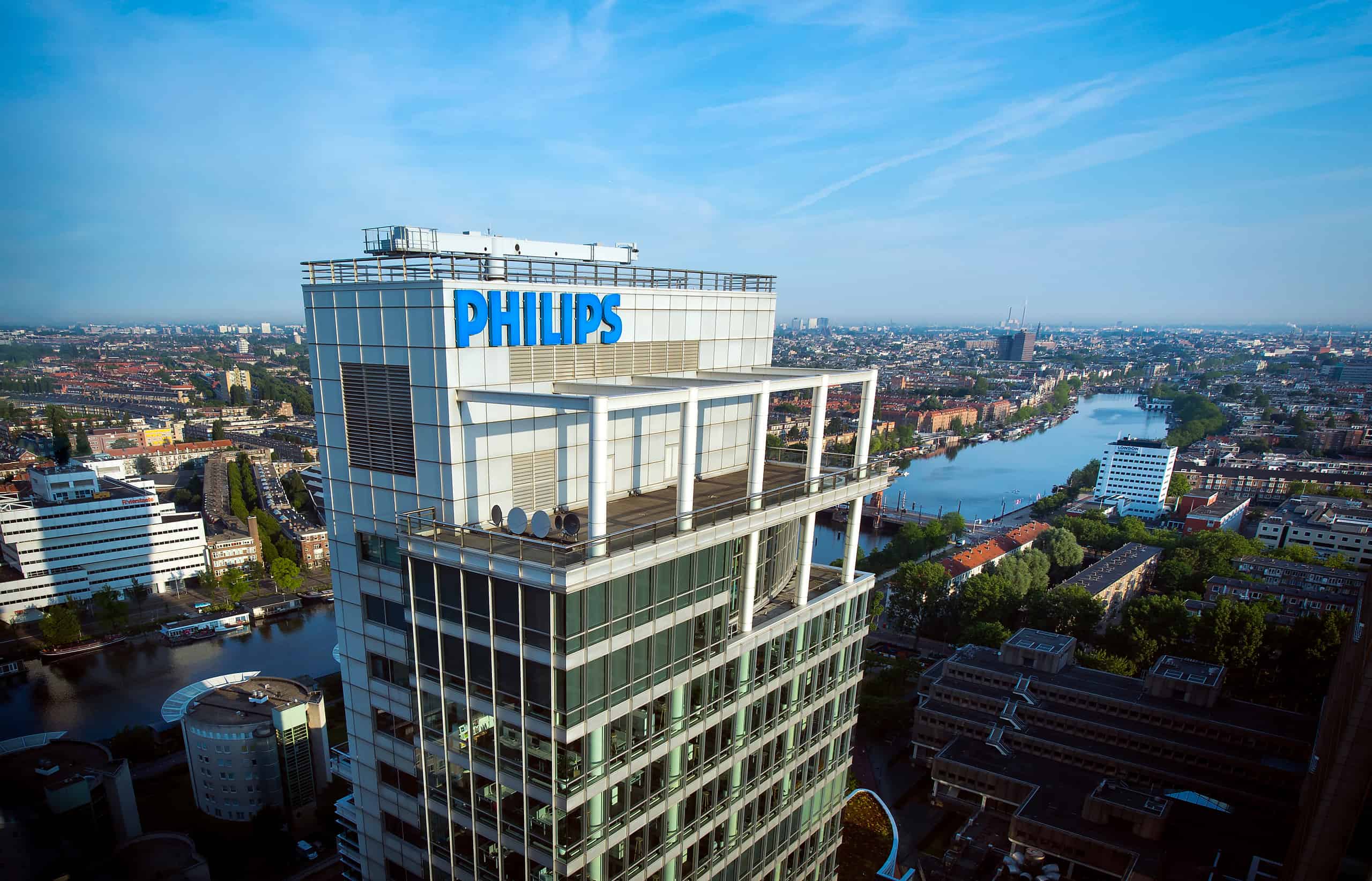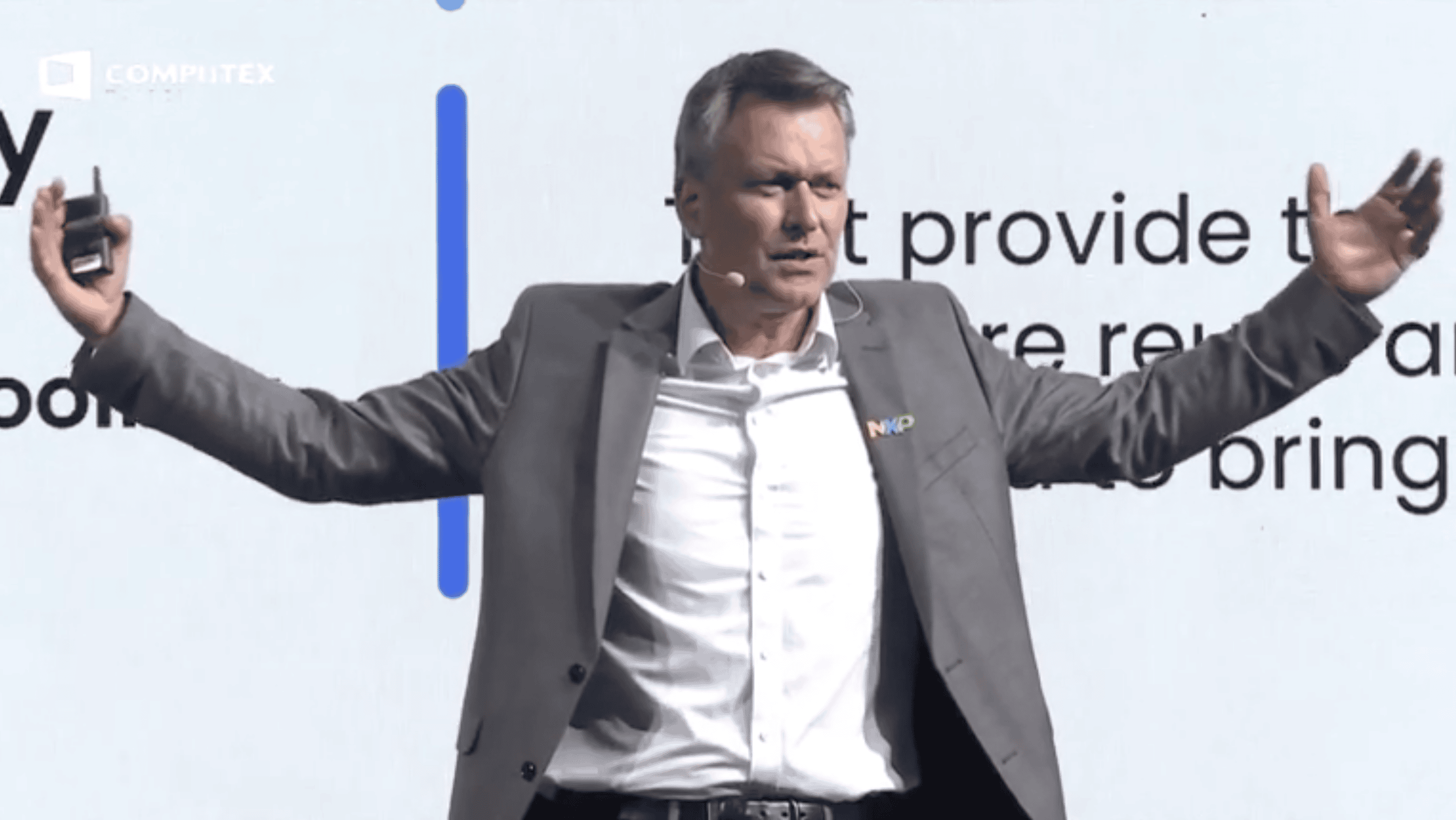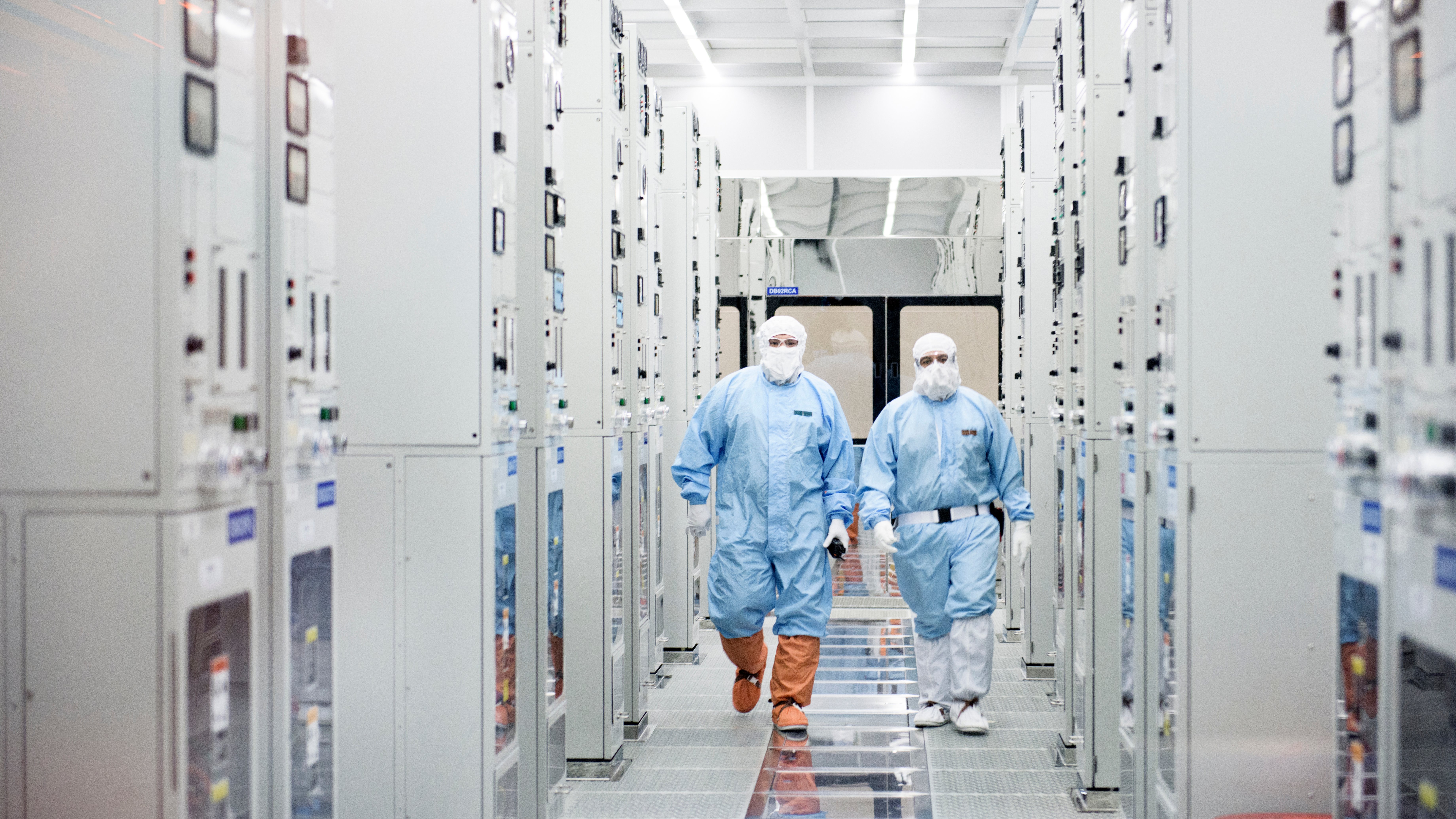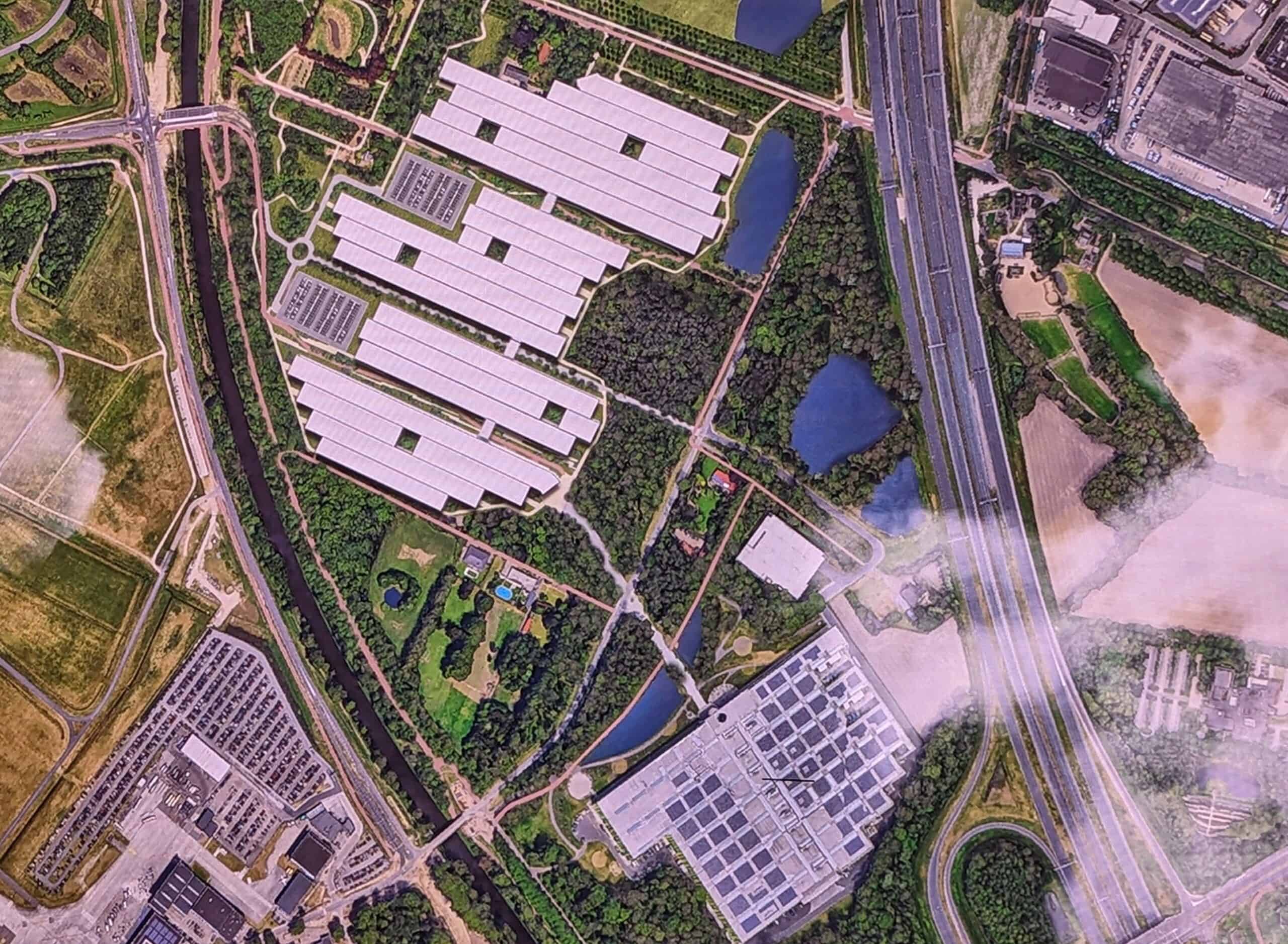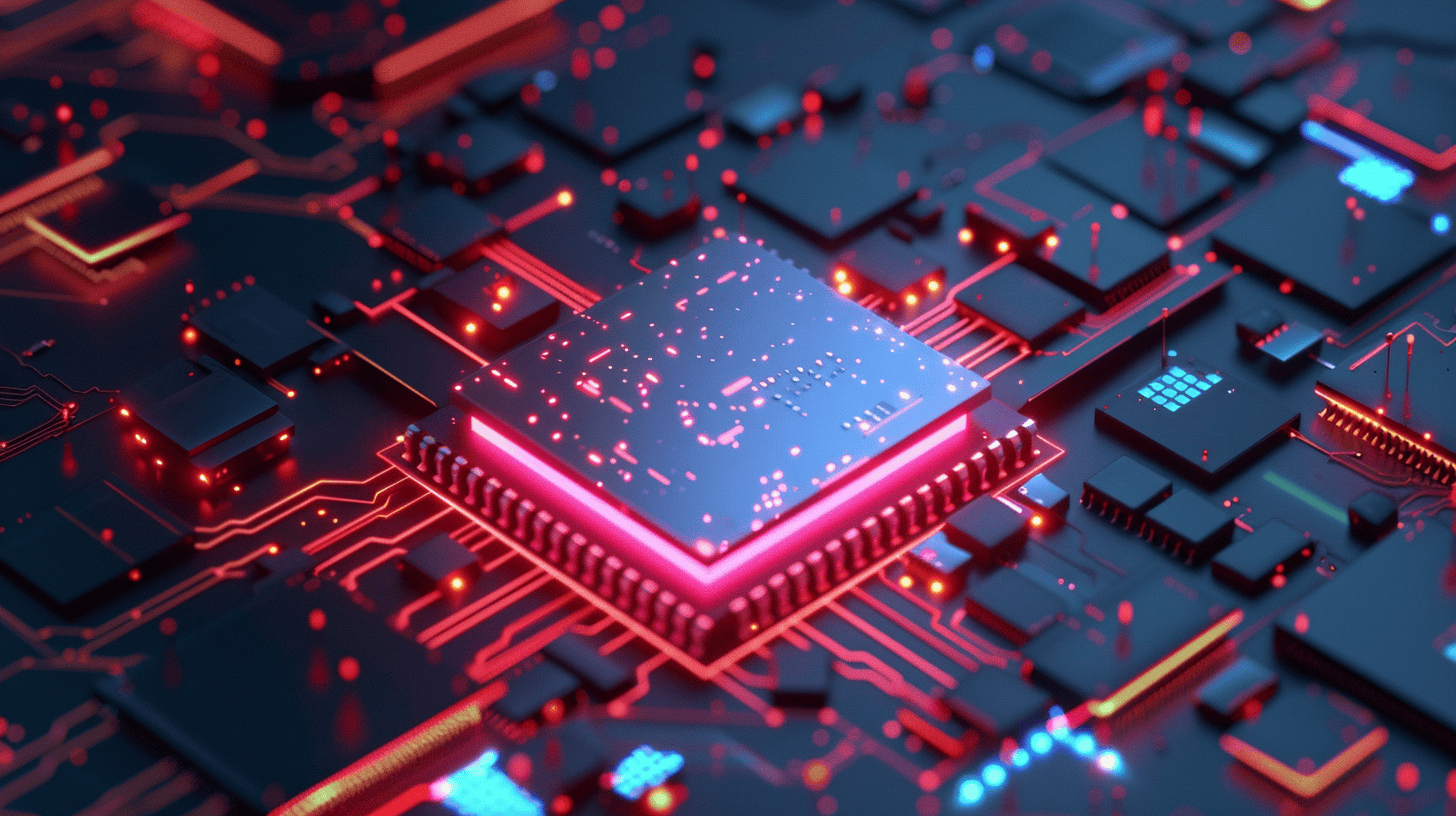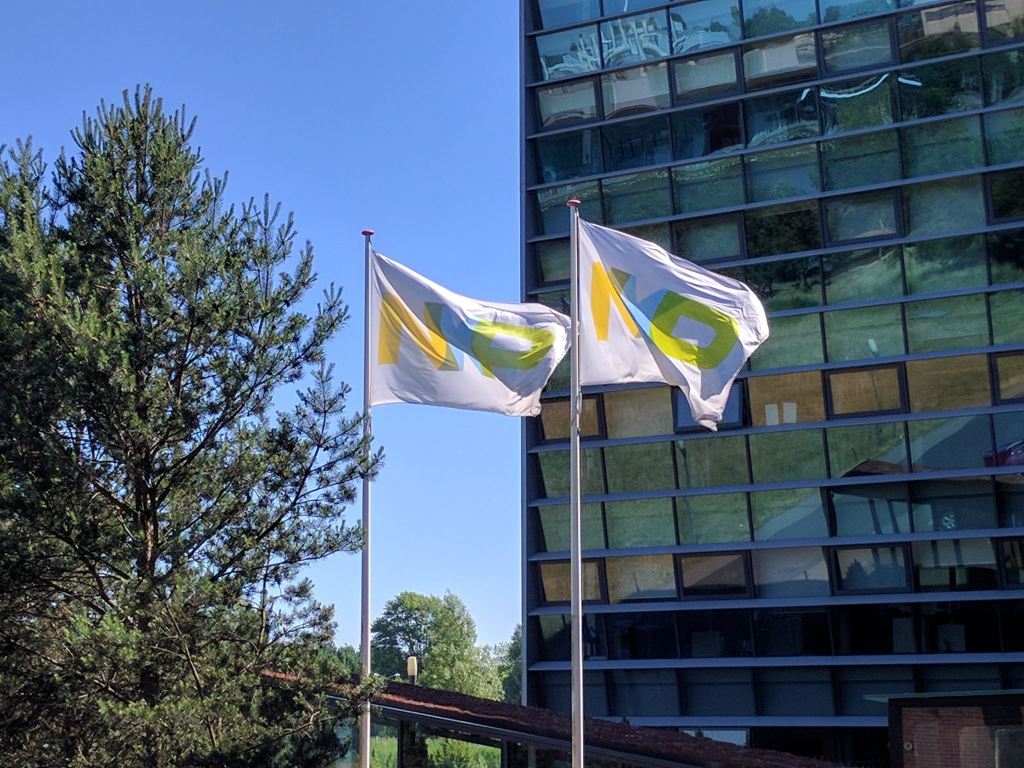
The trade war between the United States and China has caused another victim: without the needed approval of the Chines regulator, Qualcomm cannot continue to acquire NXP. Today, the deadline for the Chinese regulator to give its approval has passed. All other supervisors were in agreement with the takeover. A bright spot for NXP is that Qualcomm has to pay a break-up fee of two billion dollars directly to NXP. In this way, Qualcomm compensates part of the damage for the energy that NXP put into the takeover.
China has not given any reason for the lack of approval, but this step cannot be dissociated from the flare-up of the trade war with the United States. Qualcomm’s director Steve Mollenkopf said to press agency Reuters, ‘We have clearly ended up with something that is going on above our heads’.
The acquisition was announced in October 2016. After an interim increase, the bid for the Dutch company came to approximately 44 billion dollars. The whole process was delayed because Broadcom made an attempt to acquire Qualcomm in the meantime. It was president Trump who put a stop to this.
Richard Clemmer, NXP’s President, and Chief Executive Office, is disappointed but still optimistic about NXP’s future: “While it is unfortunate that the semiconductor powerhouse that would have resulted from the transaction with Qualcomm could not close after 21 months of diligent efforts by the team, we are confident in our future as an independent market leader and will continue to focus our efforts to drive our long-term strategy in our leadership markets of automotive and secure IoT solutions. Our strategic preparation has us more convinced about the opportunity from our key focus areas.”
Today, NXP also published the results of the second quarter of 2018. NXP delivered a revenue of $2.29 billion, an increase of 4 percent year on year, and an increase of 1 percent as compared to the prior quarter. Clemmer: “The NXP Board of Directors has authorized a $5 billion share repurchase program based on the significant strength of the NXP capital structure, and its confidence in the company’s ability to drive long-term growth and strong cash flow.”



